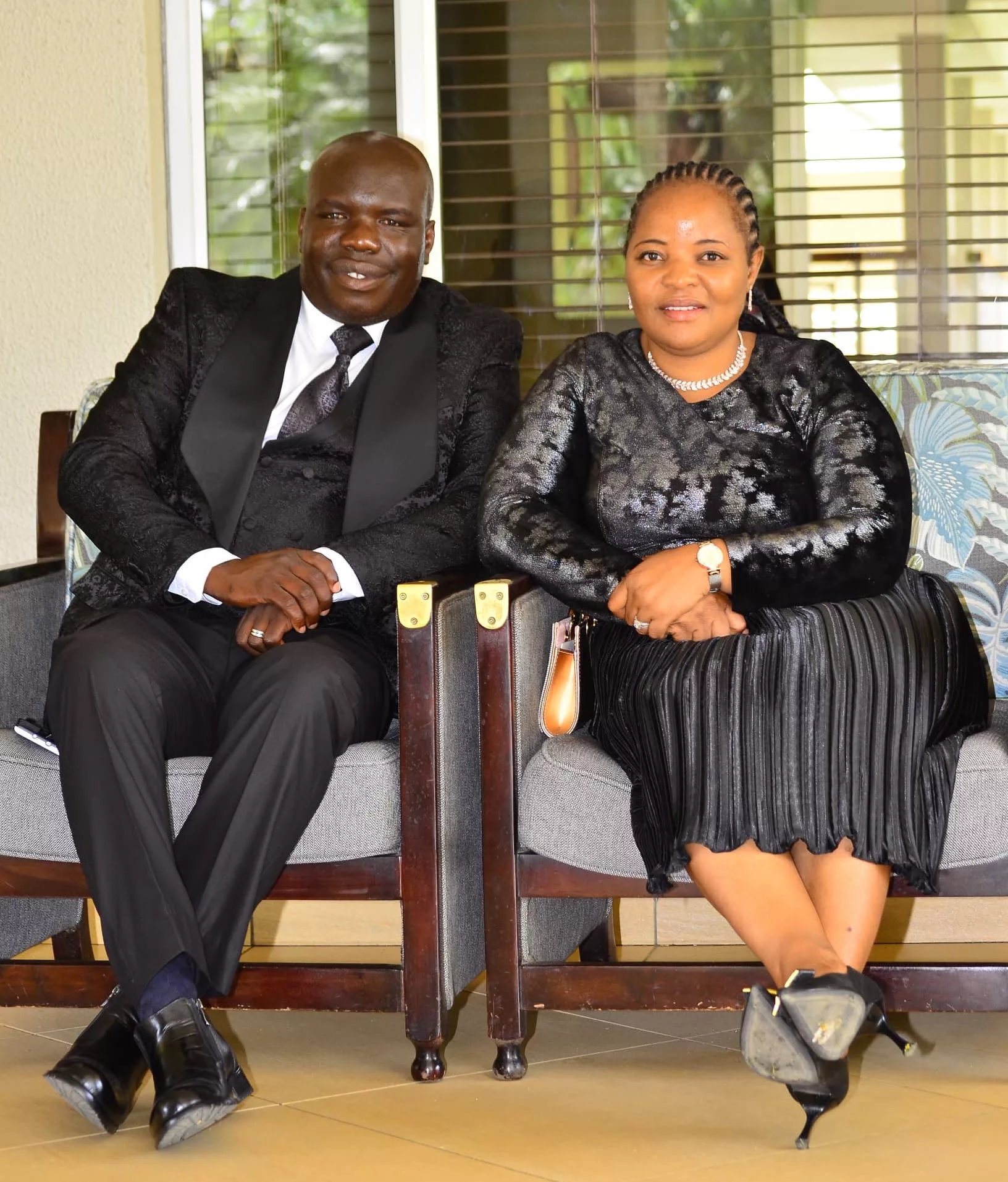Angela Makamure (Press Officer, Doctors Without Borders (MSF) Southern Africa)
In Zimbabwe, Non-Communicable Diseases (NCDs) are estimated to account for 31% of total deaths, with diabetes, hypertension, and asthma as the main killers. The country has been facing a number of challenges that have resulted in the deterioration of many facets of daily life, most notably the health sector. Healthcare workers are overwhelmed and doctors, especially in rural areas, are scarce. Millions of Zimbabweans are disconnected from health networks, living far away from larger cities and unable to afford the cost of travel and even treatment.
During the last census carried out by the government in 2010, there were 1.6 physicians and 7.2 nurses for every 10,000 people. In Manicaland, as in all rural Zimbabwe, nurses are the frontline workers at the closest point of entry into the primary health care (PHC) system.
In 2016, MSF collaborated with the Ministry of Health and Child Care to pilot a model of care adapted to the local environment to address the double burden of diabetes and hypertension and HIV in rural Manicaland province. This pilot used valuable lessons learned from the successful HIV programme scale up at national and international levels for the past two decades.
“In Manicaland, at the health centres we support, people need care based in their communities. Diabetes and hypertension are treatable, but we needed a care model that reflected the challenges here. It’s not about what we are lacking. It’s about using what is available in Manicaland. In this case, we engaged with the community and empowered us – the nurses,” MSF Nurse Mentor, Munyaradzi Mapungwana.
Typically, the NCD management guidelines that are considered the gold standard are based on western models of care, such as those in the US. This approach requires multidisciplinary teams offering specialized, resource-intensive, individualized care to patients. That model is impossible to replicate in Zimbabwe.
In the pilot project, through structured intensive mentoring, including simplified protocols and training, nurses in seven Primary Health Care (PHC) facilities and one hospital developed the knowledge and skills to diagnose, initiate treatment and monitor diabetes and hypertension patients.
One of the doctors involved in the project is Brian Nyagadza. “In Zimbabwe, doctors normally do the management of NCDs. MSF saw the challenge of that model – there are few doctors in these areas. So, we aimed to show that it is possible for nurses to diagnose and manage diabetes and hypertension,” he says. “The 35 nurses, including MSF and Ministry of Health staff, involved in our programme proved that this model is a success for Manicaland.”
MSF Nurse-Led NCD Management Study: What we discovered
Overall, more than 3000 patients are registered in a dedicated recording system that also provides education on managing their condition. For the project duration, MSF provided free medication, including periodic refills and regular monitoring of blood pressure and blood glucose.
Adapting HIV treatment models to set up nurse-led NCD programmes is not new. However, there remain significant gaps concerning the practical implementation of a public health approach in the management of NCDs. MSF saw an opportunity to improve and develop new, coherent health policies and standardized operational procedures. Part of that goal is to ensure access to affordable medications and lab consumables and creating strategies that maximize community involvement.
“For MSF and the Ministry of Health, this was an innovative project. It marked the first nurse-led NCD care model to be trialed in Zimbabwe,” says MSF’s Dr. Marthe Frieden, one of the authors of the study that tracked findings and successes of the pilot programme. “Our objective was to fill the gap between knowing and doing by turning the idea of a public health approach in managing diabetes and hypertension into practice, following the example of the HIV/ART programme and to make it happen by simplifying and standardizing the approach. Now we have the proof that here in Zimbabwe, nurses can be empowered to provide quality NCD care, in the same way they learned to treat HIV years ago.”
Opportunity for Zimbabwe
Moving forward, MSF encourages the Zimbabwe Ministry of Health and Child Care to maintain and replicate this NCD healthcare model across the country. Our experience shows that healthcare workers are ready, able and willing to participate. Today, with NCDs high on the international agenda, MSF firmly believes that the government should build on this success story. During these historic times, when people with chronic diseases are at an increased risk of death due to COVID-19, the government has even greater reason to capitalise on this momentum and continue to build the capacities of rural communities to fully integrate nurses and patients in NCD care management.
MSF in Manicaland, Zimbabwe
Since 2016, MSF has been providing treatment, care and support for patients with non-communicable diseases such as diabetes and hypertension in Manicaland province, mainly in Chipinge and Mutare, using a nurse-led model, introducing differentiated service delivery (DSD) models as well as seeing where simplified algorithms may be applied. The project will be handed over to the country’s Ministry of Health and Child Care (MoHCC) in December 2020.






